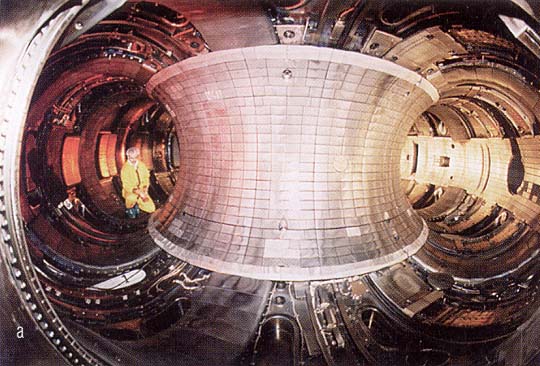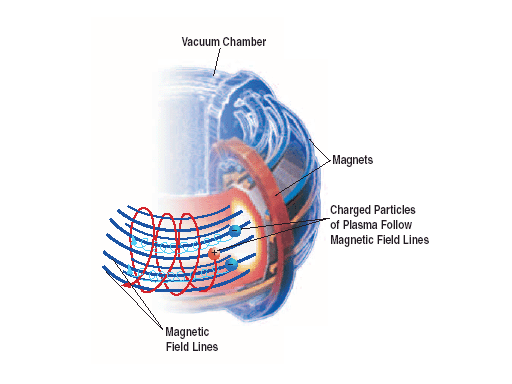
Fusion can be created in three different ways: gravitational confinement, magnetic confinement, and inertial confinement. Gravitational confinement is witnessed every day when we look up at the sun. Since the sun is so massive the gravity at its core is powerful enough to squeeze hydrogen atoms together to form helium atoms. Though this is an efficient method for stars, earths' gravity is insufficient to create fusion. The other two possibilities, magnetic and inertial confinements, are possible, and research is being focused in those areas.
